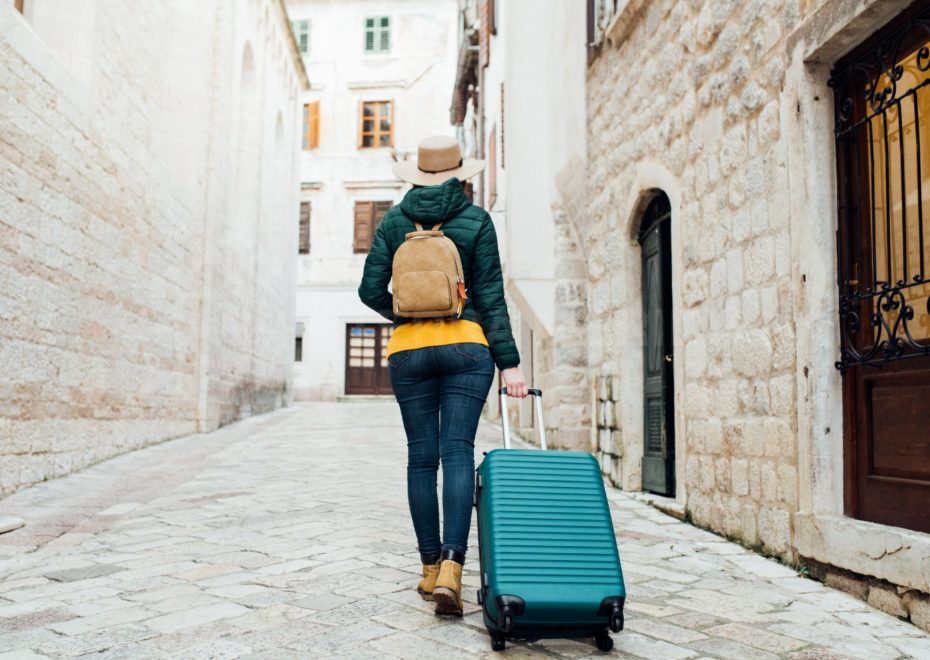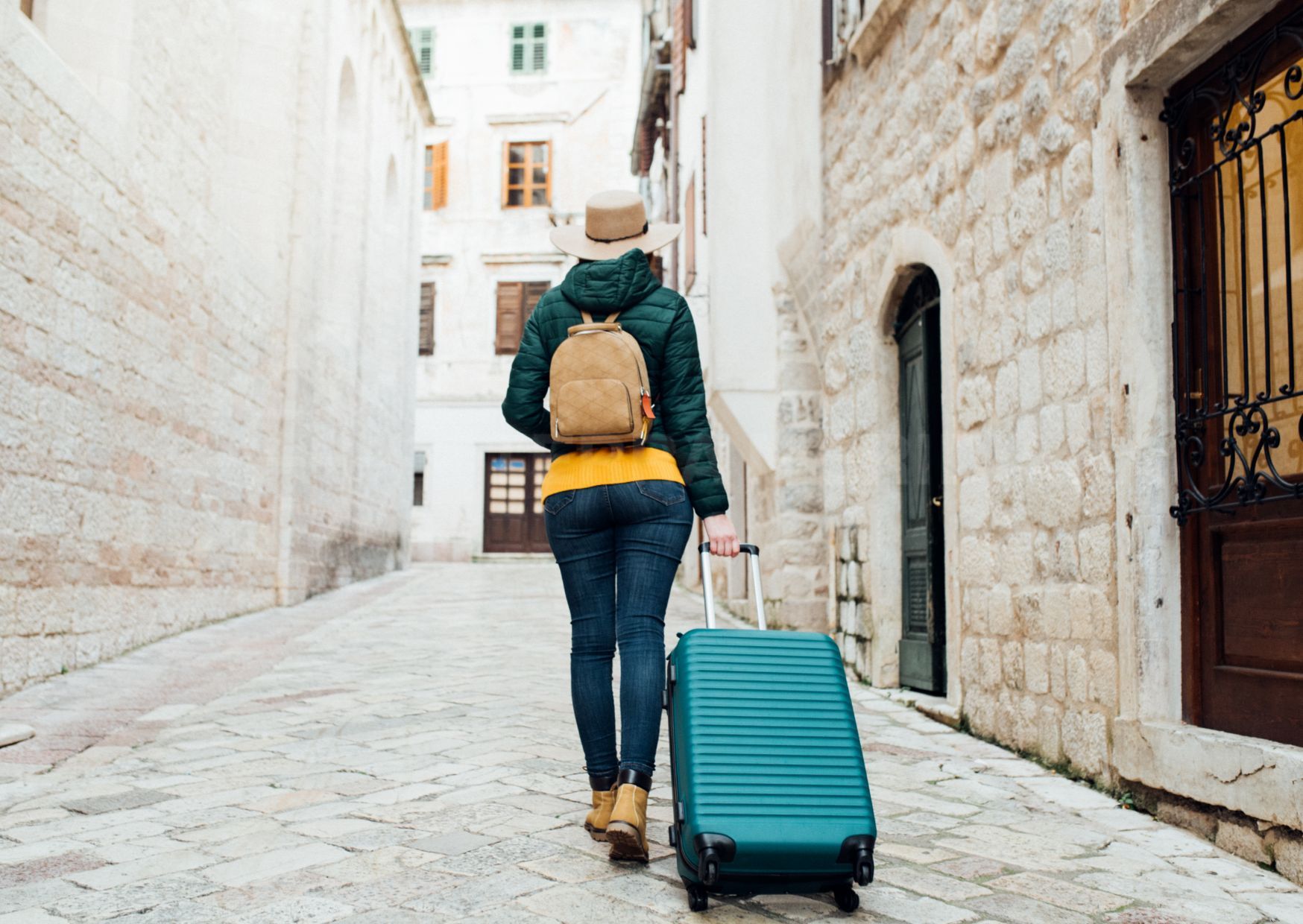
Opinion
Airbnb & Tourist Rentals: Boon or Bane?
A lot gets written about the problem of the lack of rental accommodations in Spanish cities and the rising cost of rentals. This definite problem is behind the recent passage of a new federal law introducing forms of rent control, changes to eviction procedures and other aspects of the rental market. I’ve dealt with this in a previous article, so I won’t go into the law here.
Impact of Tourist Rental Platforms
But what role do tourist rental platforms such as Airbnb, Booking.com and VRBO have in the Spanish rental market? The current consensus is that tourist rentals need strict limitations and forms of regulation, partly because they are causing housing shortages and high rents.

Barcelona, considered one of the leaders in Spain in legislation to control tourist rentals, has had a strict registration system since 2012. For instance, getting a tourist rental license in the city is no longer possible because they have reached the maximum number. There is certainly evidence that shows high concentrations of tourist rental properties do indeed have an impact on rental prices within a region of a city. For instance, a study from 2019 argued the following: “The results show that a one standard deviation increase in Airbnb intensity is associated with an increase of 7.3% in the rental price.”
Another study associated the same basic result with that in Barcelona, 2015 6.85% of all rental units were dedicated to Airbnb. The first thing to note is that this statistic doesn’t fully capture the way that Airbnb impacts housing and rental prices in the city. As seen in the graphic below from Inside Airbnb, tourist rental units are concentrated in the city’s central districts. I’ve also included Airbnb maps for both Malaga and Madrid. This suggests that the impact of Airbnb rentals is also confined to very specific areas, while most of the city, including other locations in the downtown, is affected very little.



Keeping it in Perspective
It’s important to start with the facts as we know them, but then we need to take a step back and put this in perspective. For instance, if prices in downtown Barcelona are 7% higher than if there were no Airbnb rentals, as per the study, that still only represents 35 Euros more on an apartment previously rented for 500 Euros. That’s not nothing, but it’s not catastrophic. The larger issue is the removal of long-term rental units from the rental market, an issue that local and regional governments in Spain have attempted to deal with by introducing licensing. However, this has had little impact.
Barcelona has perhaps the most stringent licensing system in the country, and we still find, according to Inside Airbnb, that 30.7% of listed properties are unlicensed, 44.4% are licensed, and 24.9% have exemptions from being licensed. In other words, a majority are not licensed. So, licensing is a mixed bag for controlling unregulated tourist properties. But in any case, even in Barcelona, the percentage of total housing stock dedicated to Airbnb is approximately 2%. In most other places, it is lower.
The Underlying Issue: Lack of Rental Units
The real issue, ultimately, is a lack of rental units on the market. Spain simply isn’t building enough rental units for the number of renters, which is rising. According to Statista, in 2000, the number of households renting their dwelling was just 10%. That was the bottom of a trough where home ownership was prioritised and had grown for decades while renting had declined year in, year out. By 2020 the number of renters had almost doubled to 17.3% of Spanish households. However, the number of rental properties has not kept up. There are several reasons for this, but while, as I noted above, the concentration of Airbnb and tourist rentals in tourist-heavy districts of Spain’s major cities affects those areas, it’s not the root cause.
There is a crisis in the need for more rental units across Spain, not just in tourist hot spots. The real problem, as many commentators and analysts have noted, is a lack of new supply. Spain is simply not building enough rental housing to meet the growing private or public demand. Spain has, in fact, the lowest number of social housing units in Europe. The effects of this deficit are clear. In Spain, 41% of tenants spend over 40% of their income on rent, which is far too high and puts Spain as the fourth highest in Europe in terms of financial overexposure of tenants. The challenge is extreme for young people looking for a flat to share. In a 2022 study by the real estate web portal Idealista, 45% fewer shared accommodations were shared. “…in cities such as Palma de Mallorca, Barcelona or San Sebastián, the drop in availability is even more extreme: down by between 70 and 80 per cent.”
Tourism and Economy: Striking a Balance
That suggests that targeting tourist rentals to solve the rental housing crisis is like robbing Paul to pay Peter. That’s even more true because tourism is a key pillar of the Spanish economy. Again, turning to Barcelona, for which there are excellent and detailed statistics, we find on the city’s website that 9.7 million tourists visited the city last year. “The overall amount spent by tourists in the city is over 7,600 million euros… Last year saw 157,000 [labour] contracts signed, 45.3% permanent. Temporary contracts fell from 88.4% in 2019 to 54.7% in 2022. “Unemployment in this sector also fell to its lowest since 2007, with 6,703 people out of work, some 23.5% lower than in 2019.”
According to Andalucia.com, the autonomous community has seen a growth in international tourism from just under 7 million in 2000 to 12 million at its peak in 2019, just before the Covid pandemic. Last year tourism in the region recovered to 10 million. Including tourists from around Spain, Andalusia welcomed a whopping 30.8 million tourists last year and generated just under 17,000 million Euros. That provided jobs to over 400,000 people, a 15% employment increase from the prior year. The solution is not to kill the goose that laid the golden egg but to ensure that there is affordable housing, public spaces and infrastructure that meets the needs of local people and not just tourists. It also means finding ways to balance the distribution of tourist rentals so that locals can still live in the historic core of popular tourist destinations like Madrid, Barcelona and Malaga. As many have said, we don’t want to turn our historic districts into sanitised Disneylands without authentic local culture.
Regulating the Market Fairly
There is also a need to ensure that Airbnb rentals compete fairly with the highly regulated hotel sector. For instance, hotel rooms must have air conditioning, a certain number of square meters of space per guest, clean towels and sheets, and more – so should private tourism rentals. This is especially true because it hasn’t been the case for a long time that Airbnb is locals renting out a spare bedroom to make a little extra money. In Malaga, 74% of listings are by companies and people with multiple properties. Around half a dozen companies have more than 50 properties, and one has 178 listings. In Barcelona, the number of multi-listing “Airbnb hosts” is 71%, with one company alone having 241 listings! These are hotels, clearly. They may be spread across a wide geographic area and not in one building, but it’s not fair for them to have different rules than any other hotel. So, yes, some problems must be dealt with to make the system work better and more fairly. But it seems clear that it is a mistake to conflate the issues of the rental market, which are supply problems, with the problems of the tourist rental market, which are regulatory.
By Adam Neale | Opinion | June 28th, 2023
Related Posts


